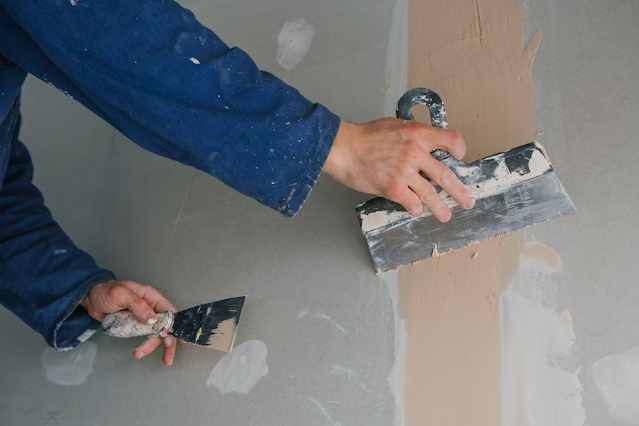Wall Plasterboard: A Versatile Solution For Interior Walls
When it comes to interior wall construction, one material that has gained immense popularity is wall plasterboard. This versatile solution offers numerous benefits, making it a preferred choice for both residential and commercial projects. In this article, will explore the features, advantages, and applications of wall plasterboard, shedding light on why it has become a go-to option for interior walls.
What is a Wall Plasterboard?
Wall plasterboard, also known as drywall or gypsum board, is a panel made from a layer of gypsum sandwiched between two layers of paper. It is available in various thicknesses and sizes, making it suitable for different applications. The gypsum core provides excellent fire resistance, sound insulation, and durability, while the paper layers offer strength and a smooth surface for finishing.
Advantages of Wall Plasterboard
Easy Installation: One of the significant advantages of wall plasterboard is its ease of installation. It can be quickly and efficiently installed by professionals, saving both time and labor costs. The lightweight nature of plasterboard also makes it easier to handle and transport.
Versatility: Wall plasterboard is highly versatile and can be used in a wide range of applications. It can be easily cut, shaped, and molded to fit any wall or ceiling design. Whether it's a curved wall, a partition, or a suspended ceiling, plasterboard can adapt to various architectural requirements.
Fire Resistance: Fire safety is a crucial consideration in any building project. Wall plasterboard offers excellent fire resistance, thanks to the gypsum core. It acts as a barrier, preventing the spread of flames and providing valuable time for evacuation. This feature makes plasterboard an ideal choice for residential and commercial buildings.
Sound Insulation: Another advantage of wall plasterboard is its ability to provide sound insulation. The gypsum core absorbs sound vibrations, reducing noise transmission between rooms. This makes it an excellent choice for spaces where privacy and noise control are essential, such as offices, hospitals, and residential buildings.
Durability: Wall plasterboard is known for its durability and long lifespan. It can withstand everyday wear and tear, making it suitable for high-traffic areas. Additionally, plasterboard is resistant to moisture, mold, and mildew, ensuring a healthy indoor environment.
Applications of Wall Plasterboard
Residential Construction: Wall plasterboard is extensively used in residential construction for interior walls and ceilings. It provides a smooth and even surface for painting or wallpapering, enhancing the overall aesthetics of the space. Plasterboard is also commonly used for creating partitions, allowing for flexible room layouts.
Commercial Buildings: In commercial buildings, wall plasterboard finds wide application due to its versatility and cost-effectiveness. It is used for constructing office spaces, retail stores, hotels, and restaurants. The fire resistance and sound insulation properties of plasterboard make it an ideal choice for meeting rooms, corridors, and shared spaces.
Renovations and Remodeling: Plasterboard is a popular choice for renovations and remodeling projects. It allows for quick and efficient installation, minimising disruption to the occupants. Whether it's a small room renovation or a complete home makeover, plasterboard can be easily incorporated into the existing structure.
Conclusion
Wall plasterboard has revolutionised the way interior walls are constructed. Its ease of installation, versatility, fire resistance, sound insulation, and durability make it a preferred choice for both residential and commercial projects. From residential homes to commercial buildings, plasterboard offers a cost-effective and efficient solution for creating functional and aesthetically pleasing spaces. With its numerous advantages and applications, it's no wonder that wall plasterboard has become a staple in the construction industry.




Comments
Post a Comment